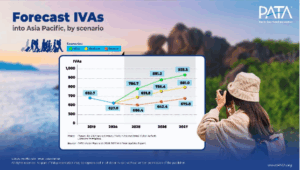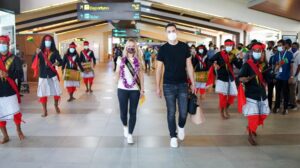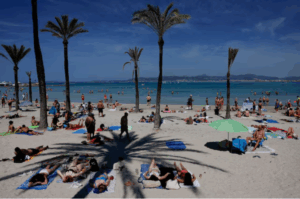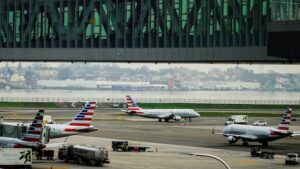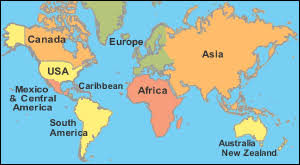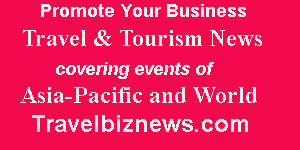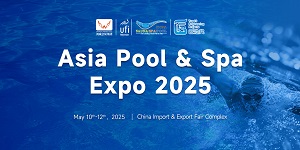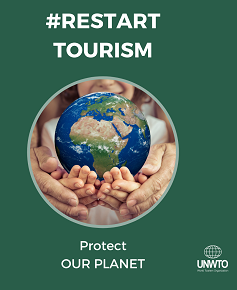Obama eases visa rules to boost U.S. tourism
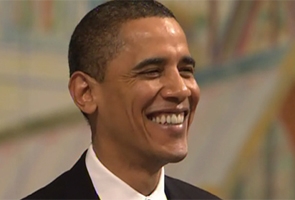
Washington : U.S. President Barrack Obama issued an executive order calling for a reduction in the time it takes for travellers from China and Brazil to get visas to come see the USA.
He also ordered the elimination of tourist visas altogether for visitors from Taiwan as part of a plan to boost the number of foreign tourists and the U.S. tourism industry as a way to create more jobs.
Obama, who was unveiling his plan at a visit to Walt Disney World in Florida, also told the secretaries of Commerce and Interior to develop a national tourism strategy that highlights national parks, and cultural and historic sites. He said eco-tourism and outdoor recreation already are important in Arizona, California, Colourado, Florida, Nevada, North Carolina, Oregon, Utah and Wyoming.
The president’s steps aimed at increasing the number of foreign travellers have been sought for several years by the nation’s tourism and business sectors. They’ve argued that tight U.S. travel restrictions are costing the nation foreign tourist dollars and the industry jobs.
“We’re really losing out on some huge economic benefit by not streamlining the process so that more people can visit our country,” said Blain Rethmeier of the U.S. Travel Association. “We must re-establish the U.S. as the premier destination for the world.”
Concerns about terrorism and illegal immigration led to the tight travel policies. Foreign visitor numbers have been flat since the terrorist attacks of Sept. 11, 2001. The United States issued 7.6 million visas in 2001, compared with 6.5 million in 2010.
Restoring tourism to 2001 levels could create 1.3 million jobs and add $860 billion in economic activity by 2020, tourist and business groups say.
Obama specifically ordered the departments of State and Homeland Security to boost the capacity for issuing visas in China and Brazil by 40% in 2012. He said he wanted to ensure that 80% of non-immigrant visa applicants from foreign countries are interviewed within three weeks by U.S. consular staffs. And he wants an experimental program to waive interviews for low-risk travellers, such as anyone renewing a visa or, in Brazil, younger or older first-time applicants.
He seeks to place Taiwan in the visa-waiver program, adding it to 36 countries largely in Europe, and in Japan and Australia. And he is making permanent the Global Entry program, which allows travellers who undergo rigorous background checks to breeze through customs.
Paving the way for more foreign tourists and business travellers is a top legislative priority this year of groups ranging from the U.S. Chamber of Commerce to the U.S. Conference of Mayors.
Among the most desired visitors: Big-spending tourists from Brazil and China. Despite visa hurdles, the USA has become a popular destination for their citizens.The 1.2 million Brazilians who visited in 2010 represented a third more than the year before, according to Commerce Department figures. The pace is growing by more than a fourth again this year. The 801,738 Chinese who came in 2010 represented a 53% increase from 2009. They’re on pace to increase another 37% this year.
Chinese visitors spend an average of $6,243 during each U.S. trip, and Brazilians, $4,940, according to the U.S. Travel Association.
Since the Sept. 11 attacks, visa applicants who are outside visa-waiver nations have to be interviewed by U.S. consular staff. But only five cities in China and four in Brazil have consular offices. That leaves 20 cities in China with populations of at least 2 million without offices. The average wait in São Paolo is 75 days, the travel association says.
Since the Sept. 11 attacks, visa applicants who are outside visa-waiver nations have to be interviewed by U.S. consular staff. But only five cities in China and f.our in Brazil have consular offices. That leaves 20 cities in China with populations of at least 2 million without offices.


